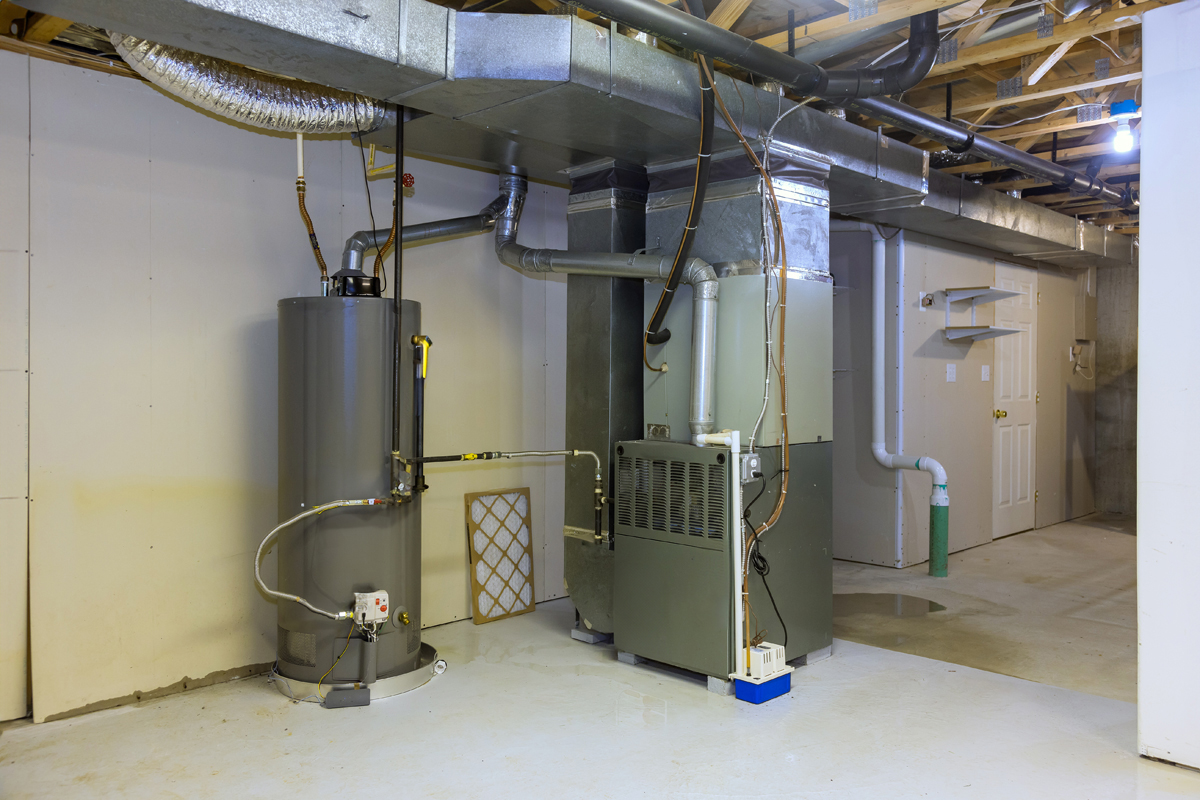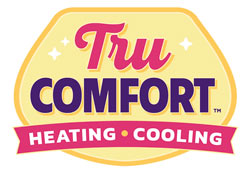
The majority of well-maintained furnaces can last between 15-20 years. Keeping up with all maintenance needs can help extend the life even longer.
How Long Does A Furnace Usually Last?
While there is no “one size fits all” answer to how long a furnace will last, there are a few factors that can either increase a decrease a furnace’s lifespan. The first place to start would be with quality manufacturing and installation.
Next, you’ll want to schedule regular maintenance and inspections with an experienced HVAC team. Your personal preferences, as well as the local climate can also play roles in the lifespan of a furnace.
As detailed above, most homeowners can expect their furnace to last between 15-20 years. Of course, this estimated lifespan is subjective, as repairs and care can either increase or decrease the timeline. It’s always wise to invest in new equipment when your furnace is nearly 15 years old.
Furnace Lifespan Factors
The life expectancy of a furnace can vary quite a bit. Some factors like improper installation are out of your control. Others, such as keeping up with maintenance needs, are the sole responsibility of the homeowner.
Installation
Poor installation can doom the furnace from the get-go. This is why it’s crucial to hire an experienced HVAC company for this process. Poorly designed, sized, or sealed ductwork can impact the system’s efficiency.
Poor installation can lead to faulty drainage systems and fuel lines.
Furnace Size
It’s crucial to have a correctly sized furnace for your home’s needs. Shorter cycles tend to result in more wear and tear on the furnace.
Furnaces that are not large enough can stay on for too long, struggling to properly heat the area.
Maintenance Needs
When maintenance needs are ignored, buildup can result on your fan blades, burners, and heat exchangers.
Restricted airflow caused by dirty filters can overwork your system. The same happens when there is less efficient heat transfer from the heat exchangers.
Thermostat Settings
The personal preferences of the homeowners can also impact how long a gas furnace will last. The U.S. Department of Energy recommends keeping your thermostat at 68° Fahrenheit during the winter months.
Whenever a thermostat is set either too low or too high, the system will not run as efficiently.
When Do I Need To Replace My Furnace?
Here are a few common warning signs that now is the time to replace your furnace:
- Expensive repairs.
- Frequent service needs.
- Furnace blowing out cold air.
- Uneven temperatures.
- Inability to maintain thermostat’s setting.
- Increased energy bills.
- Odd noises.
How To Extend Furnace Lifespan
Replacing the air filter according to the manufacturer’s recommendations is one key to maintaining your furnace. Additionally, keeping your home properly insulated and sealed can prevent any thermal loss, which can put stress on the system.
Always keep your ductwork clear and clean to extend the lifespan of the furnace. Try to always keep the thermostat settings consistent with the DOE’s recommendations.
Tru Comfort Heating & Cooling In The Phoenix Valley
At Tru Comfort Heating & Cooling, we deliver reliable, efficient, and cost-effective solutions to enhance comfort and water quality. Whether you need HVAC installation, repair, maintenance, or water treatment solutions, our team is here to assist you every step of the way. Contact us today for exceptional service from an insured and bonded HVAC company. Experience reliable and efficient solutions that exceed your expectations.




